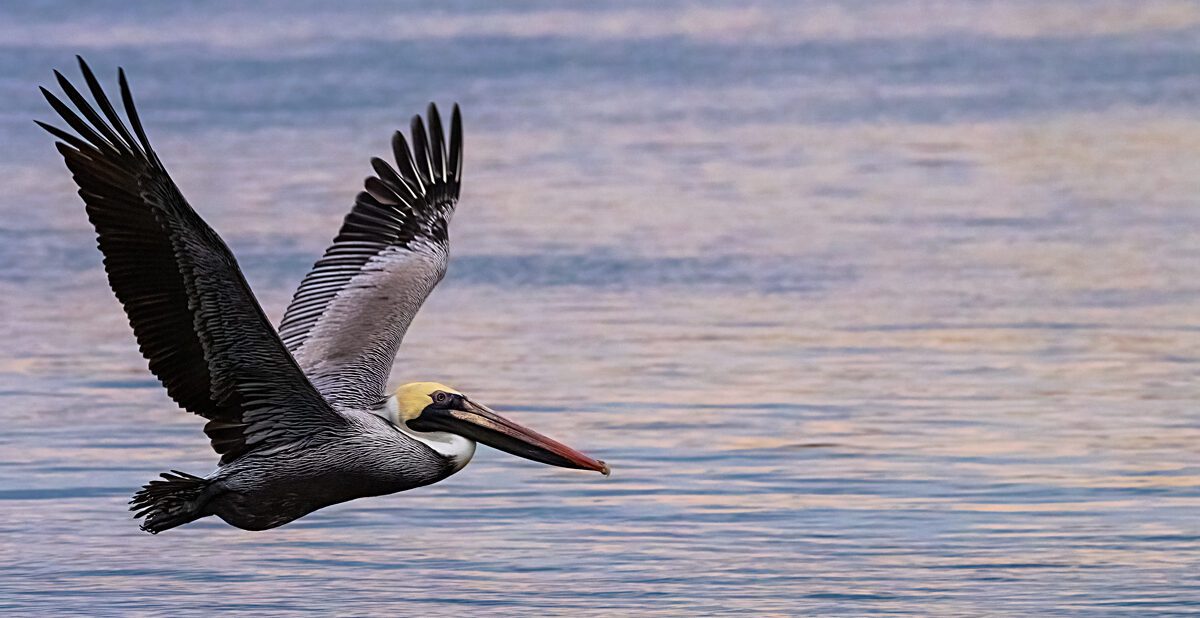
Enforcing Virginia Water Quality Standards
This is the second in a series of four blogs including policy papers from the annual publication called “Our Common Agenda,” which is organized by the Virginia Conservation Network (VCN) to bring together the many conservation partners from across the state, address pressing environmental concerns, and offer solutions. Wild Virginia led the development of the policy paper “Enforcing Water Quality Standards.”
Many Virginia streams are degraded by excessive sediments, nutrients, and pollutants that cause unnatural colors and odors. Toxic pollutants not covered by numeric criteria are found at dangerous levels in public water supplies. These conditions violate the narrative water quality criteria set by the State Water Control Board (SWCB). Failure to fully enforce narrative criteria harms drinking water, recreation, biodiversity, and the overall health of aquatic ecosystems. The state must assess compliance with narrative criteria in all regulatory actions, impose appropriate permit limits, and make impaired waterbody
designations based on the narrative criteria.
THE CHALLENGE
Water quality standards are the bedrock of the Clean Water Act and State Water Control Law, but important requirements in Virginia’s standards are not being met decades after their adoption. To address such problems, Virginia must fully implement its narrative water quality criteria, which describe conditions that must be prevented in all state waters. Waterbodies must “be free from substances…which interfere directly or indirectly with designated uses or which are inimical or harmful to human, animal, plant,
or aquatic life.” Thus, narrative criteria broadly prohibit conditions that negatively affect human uses or threaten people or wildlife. By contrast, numeric criteria comprise measurable levels of specific pollutants that are supposed to support all uses. Permit limits based on numeric criteria have been highly effective at improving water quality where they have been applied, but they cannot stand alone.
THE SOLUTION
Virginia regulates water pollution sources through Virginia Pollutant Discharge Elimination System (VPDES) permits, Virginia Water Protection (VWP) permits, and Clean Water Act section 401 water quality certifications. For each of these regulatory processes, the state is required to determine whether proposed activities could result in water quality standards violations. If analyses show that standards may
be violated, the state must deny the permit or impose requirements to prevent the violation. For every new permit or certification, the state must now begin to perform these analyses for narrative criteria.
Sometimes, predictions of water quality standards violations prove incorrect, because knowledge as to how activities will alter natural systems and affect human uses is incomplete. In cases where permit or certification requirements are met but water quality standards are still violated, the state and citizens must be able to demand heightened protections. Therefore, in addition to limitations or technical requirements, each permit or certification should state that violation of in-stream water quality standards is a violation of that approval.
*This information was pulled from Virginia Conservation Network’s 2024 Common Agenda, representing the policy agenda of more than 160 organizations across the Commonwealth. This book provides an in-depth analysis of the conservation issues facing Virginia and provides practical, state-level policy solutions to keep us moving in the right direction. Wild Virginia is a yearly contributor to VCN’s policy recommendations. View the full document here.
Photograph donated by Lori A Cash: Brown pelican flying low over the water at sunset at Phoebus Waterfront Park in Hampton, Virginia.